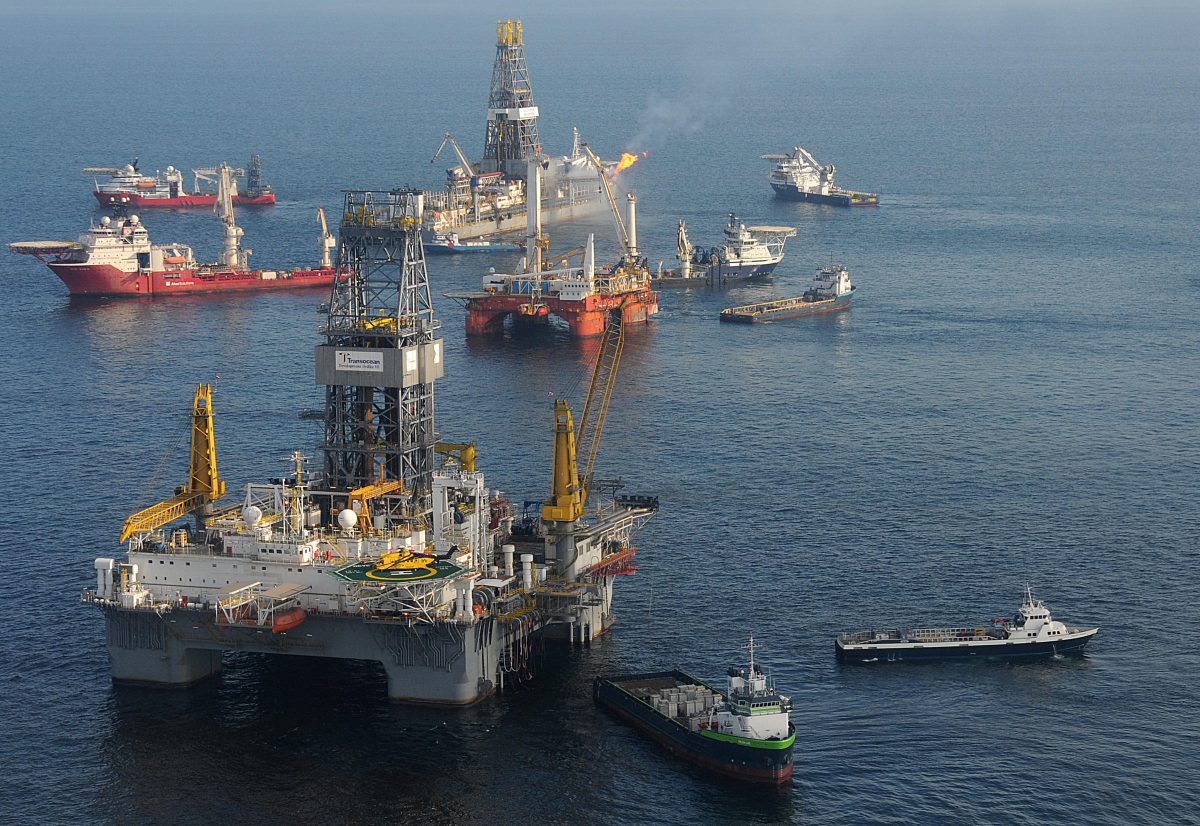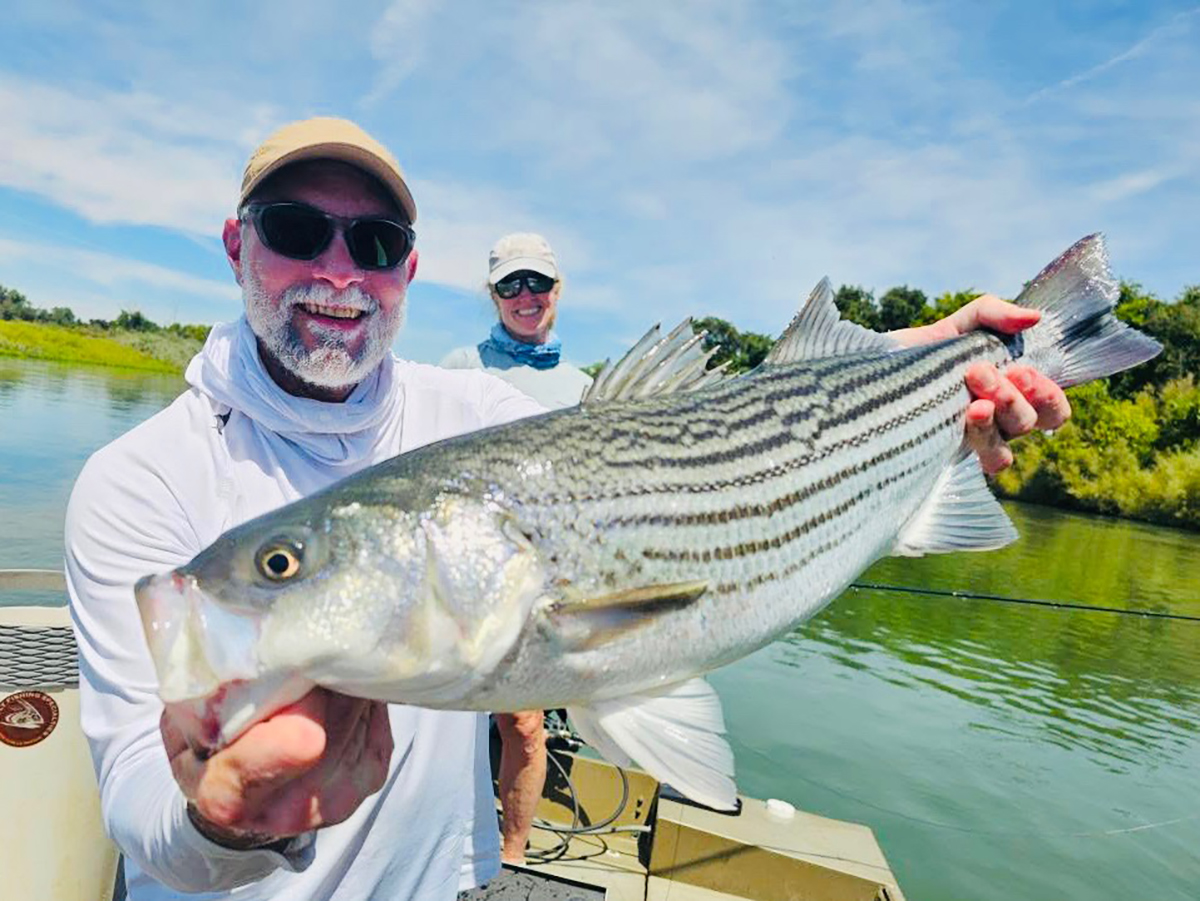I’ve been fishing and duck hunting all my life and for the last 20 years, in wild lands around the Currituck Sound. When I moved here after college, I fell in love with this area. I worked off-seasons and winters as a hunting and fishing guide — my dream job. As I grew up and entered into other businesses, I continued to guide for enjoyment and to help make ends meet for my family.
As the years have ticked by, I’ve observed how the watershed has changed. Coupled with sea level rise and the corresponding rise in sound level, I’ve watched the lands I love disappear before my eyes.
Supporter Spotlight

As the climate and weather patterns change, so must our approach to managing habitat, water and wildlife. Even though climate change is a global-scale issue, there are things we can – and should – do at a local level to manage and minimize its impacts.
A turning point for me was back in 2017 when we discovered that developers in Virginia along with the City of Virginia Beach were pumping 13 million gallons a day of polluted runoff water into the headwaters of the Currituck Sound. They were using the Currituck Sound as their gutter, and it had to be stopped.
I was compelled to help. I started communicating with my local state elected representatives and they were quick to lend a hand in calling for Virginia Beach to find a more suitable solution. I became even more cognizant of the need to help our own area manage runoff and other water issues better in order to preserve our sounds as much as possible. These are issues that all coastal areas are dealing with more and more, and we all need better solutions.
The sound side is a specific area of focus. Sound side water levels have been rising every year and are now higher than they’ve ever been. Ocean levels are rising, too, but the sound side is rising at an estimated rate of three times higher.
We’ve changed the hydrology of the system, as heavy rainfall brings a hard-fast flush of water through ditches and pipes from our urban, suburban and agricultural lands much more quickly to our sounds than nature intended, which raises the water level. Once the fast flow stops, windblown tides move the higher than normal water up and down the sound, mixing with salt water from the open sound in a flush-and-back-flow cycle. It can change the entire ecosystem. Instead of a long, slow filtering route through the landscape, the freshwaters are moved quickly to the sound, leaving no long-slow-flow to keep the saltwater at bay. The cycle of higher water inundates wooded low-lying forestland and rises over top of our marshes, which changes wildlife habitats. When wildlife no longer has the habitat it needs, over time it changes their migratory patterns. Birds that were once common, such as the Black Duck and Clapper Rails, now make their seasonal homes elsewhere or are in decline.
Supporter Spotlight

One of the single most significant steps we can take to manage this issue is to develop new ways to move water off our roads, farms and suburban landscapes. Hurricanes and storms producing heavy rainfall have become the new normal. We have more flooding events today to manage, and it’s no surprise that when an area floods, we want to drain the water off as quickly as possible.
These days, a lot of that runoff goes directly into our waterways that feed the sound, raising the water levels and contributing to that overflow of sea water inland. A standard rate of flow used by scientists is that water should move in a natural fashion in low-lying coastal lands about one inch per hour until it hits natural waterways.
When you implement techniques that force water to move unnaturally fast, you’re asking more of the ecosystem than it can handle, setting the stage for unnecessary harm and preventing aquifer replenishment. Implementation of step-ditches and water-control devices as well as restored wetlands would help restore natural flow while filtering out contaminants and helping to replenish our aquifers. These techniques can be used statewide, not just at the coast.
Marshlands are a critical element of the inland ecosystems that need to be protected. Over the last year, I’ve been working on new techniques to augment natural sedimentation to raise the marshes in a way that doesn’t require dredging or disturb the bottom in areas within the marsh. We’ve been experimenting with ways to build up sediment in the marsh beds to act as a defensive layer against the rising tide and increased wave activity. Work is underway now in partnership with The Nature Conservancy to help solve this problem. If we can restore marshlands, we can help protect that part of the ecosystem and perhaps preserve the habitats of the wildlife and plant life that are part of our coastal heritage.
North Carolina’s coast is my home. I’m raising my family here and, watching the lands change so quickly because of our changing climate and land use practices, I make a point to take my son out as much as possible because I fear that during his lifetime much of that land will erode into the water. That’s a tough fact to swallow. When the vast majority of our landscape and roads are drained in unnatural ways that speed up that process, I know there is still work to be done. There are a lot of folks doing a lot of good things to try to reduce the impact of rising waters, and I intend to be part of the effort. I won’t just sit back and watch these lands we love melt away into the sound.
To stimulate discussion and debate, Coastal Review Online welcomes differing viewpoints on topical coastal issues. See our guidelines for submitting guest columns. The opinions expressed by the authors are not necessarily those of Coastal Review Online or its publisher, the North Carolina Coastal Federation.







